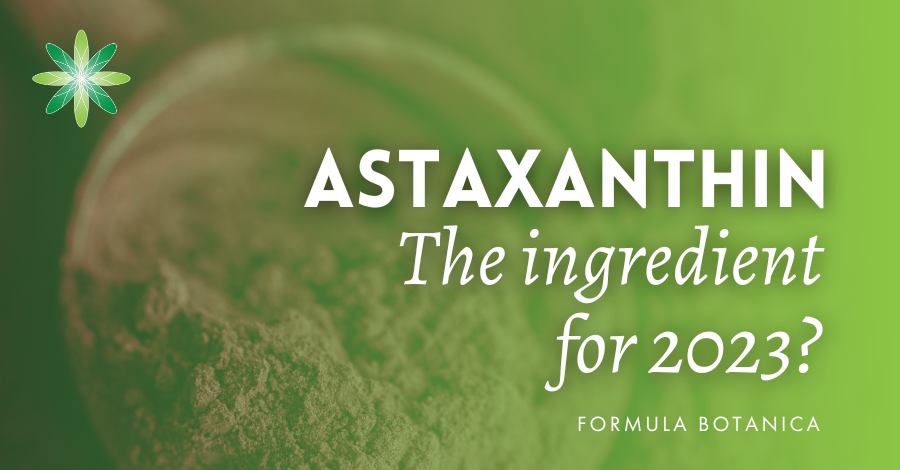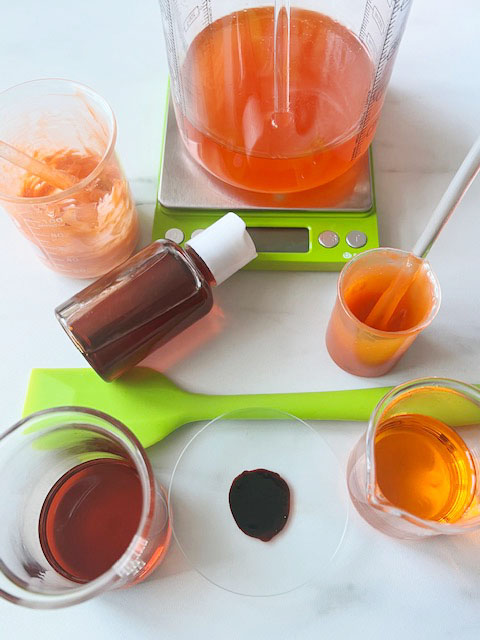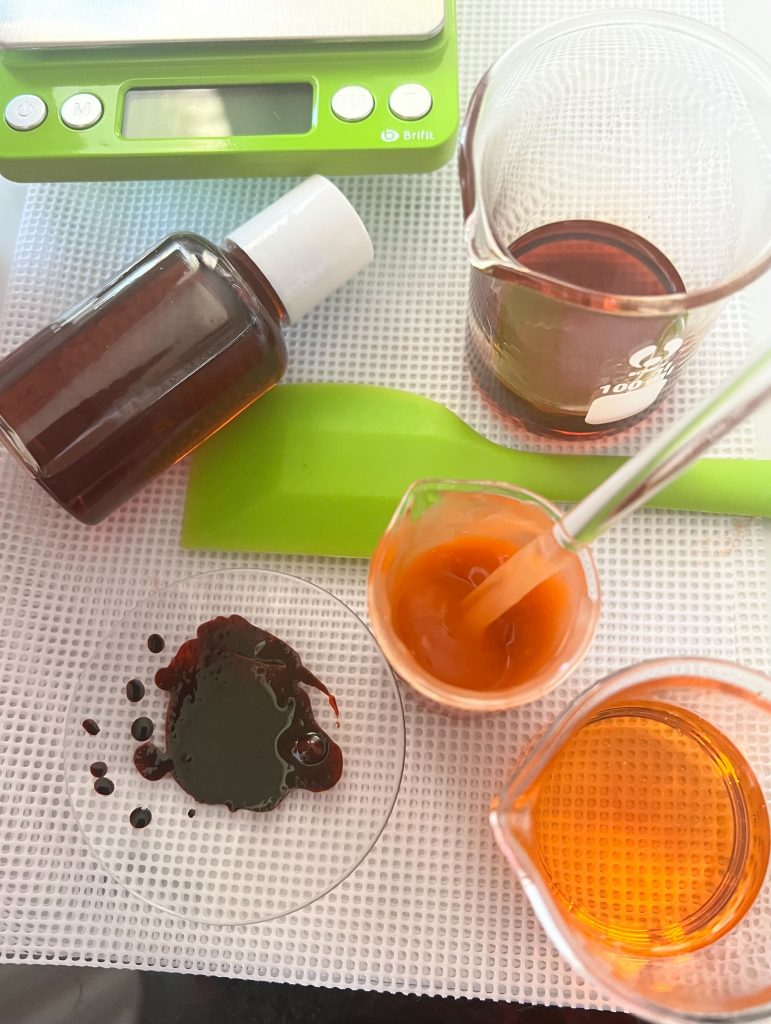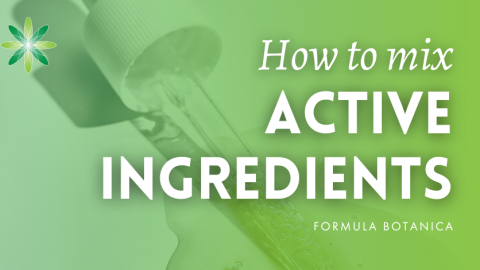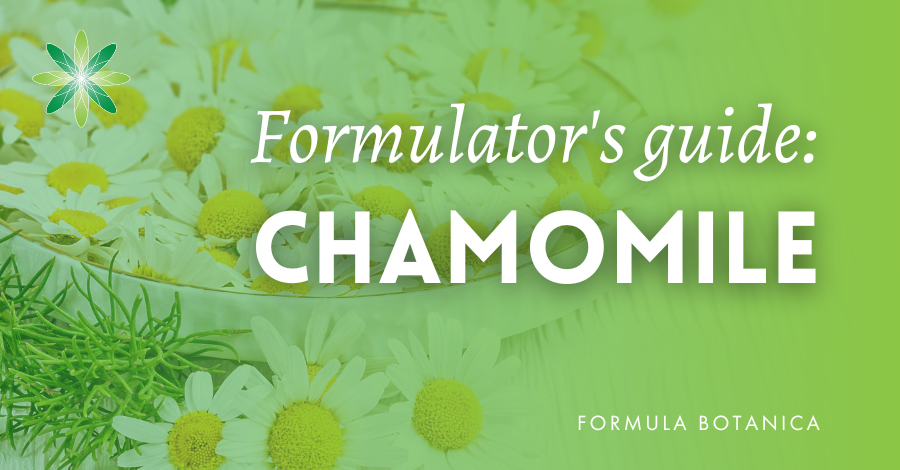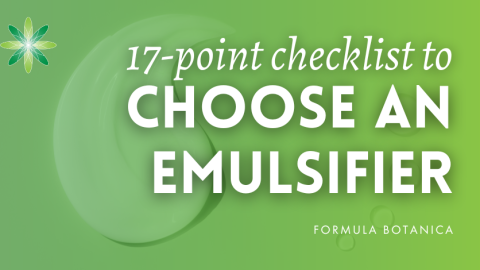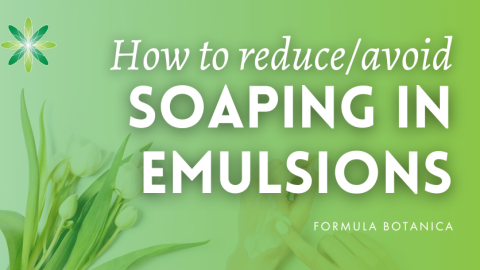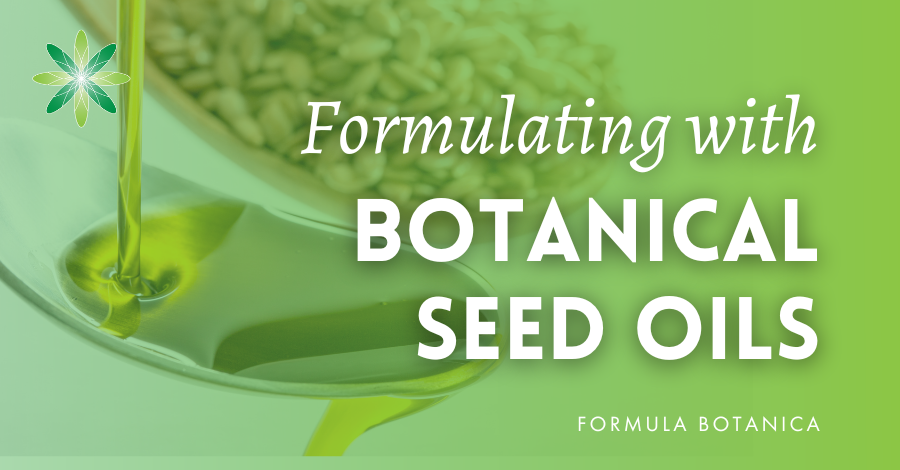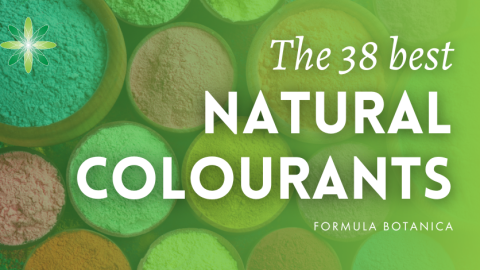Even if you have never heard of astaxanthin as a cosmetic ingredient, you are likely to have come across it frequently without realising it. Astaxanthin, pronounced “asta-zan-thin,” is a compound found in some aquatic microalgae and is responsible for colouring seafood like shrimp, crab and lobster shades of orange-red to pink, as well as the plumage of flamingos.
These are examples of astaxanthin at work. But what exactly is it, and how does it get from the seas into our cosmetics? And why is astaxanthin a trending cosmetic ingredient now? All these questions and more are answered in this short guide to this most interesting and colourful of cosmetic ingredients.
What is astaxanthin?
Astaxanthin is a marine xanthophyll (a class of oxygen-containing carotenoid pigments) and a member of the terpene group of chemical compounds. It was originally isolated from lobster in 1938 (i). It is a lipid- (oil-) soluble red pigment that moves up the food chain by colouring various shellfish and sea-living crustaceans that feed on the astaxanthin-rich algae. In fact, most orange, pink and red marine organisms contain astaxanthin.
It is biosynthesised by microalgae, bacteria and yeast, and can be found in nature as well as made by chemical synthesis. In nature, it is produced in certain freshwater microalgae (primarily, Haematococcus pluvialis) and yeast fungus when they experience harsh environments such as increased salinity and extreme climatic conditions such as excessive sunlight or a lack of oxygen.
You can now make the link between flamingos and astaxanthin; these birds like to feed in marshes where the algae, which are under stress in low-oxygenated, shallow water and from intense sunlight, produce astaxanthin as a protective mechanism.
While we are on the topic of unusual compounds, you may be interested in learning about ectoine, which also has properties of keen interest to cosmetic science research. It is produced by water-living, single-cell bacteria as a defence mechanism in harsh climatic conditions.
Astaxanthin in cosmetics
By now, you will be wondering what the protective benefits of astaxanthin are for the algae and if these extend into its role as a cosmetic ingredient.
The microalgae produce astaxanthin for its photoprotective and antioxidant capabilities. It is for this reason that astaxanthin is being researched for its effects on the skin’s physiology as a potent cosmetic – and also nutraceutical – ingredient with the potential to offer the same photoprotective, antioxidant and anti-inflammatory benefits to our skin.
Astaxanthin shares characteristics with other carotenoids we are familiar with for their skincare benefits in botanical cosmetics, such as lutein found in plants like tomatoes, and β-carotene in carrots. However, astaxanthin displays greater bioactivity – in particular, a far higher antioxidant activity – on account of its unique chemical composition (ii).
Clinical studies have indicated that astaxanthin’s antioxidant activity works at various stages in the progression of skin damage caused by reactive oxygen species (ROS) generated by UV rays and pollution. ROS are a cause of collagen and elastin depletion and affect the skin’s capacity to repair itself.
While some studies examined astaxanthin as a dietary supplement in conjunction with its effects in topical application, there is evidence to suggest that astaxanthin as a natural UV-blocking agent would have an impact on reducing the skin’s signs of photoaging, such as premature wrinkles and sagging (iii), when included in topical cosmetic formulations. It appears that astaxanthin offers numerous potential skin-beneficial effects, including slowing collagen and transepidermal water loss, mitigating hyperpigmentation (dark spots) by suppressing melanin production, and stalling the progression of wrinkle depth. It is considered far more effective than vitamin E, which is commonly added to cosmetic formulations as an antioxidant.
There is a lot of research online about astaxanthin, but bear in mind that you can’t ascribe results based on its use as an orally consumed supplement to its effects when topically applied. It has been approved as a dietary supplement for certain dosages and course periods in Europe, Japan and the US for over 20 years (iv). Often, cosmetic supplier information comes with the word “potential” to describe astaxanthin’s cosmetic benefits.
Some studies conclude that further research is required to determine the extent of astaxanthin’s benefits when applied in topical cosmetics, but findings such as astaxanthin giving rise to “significant reduction of wrinkles and puffiness on the lower eye and cheeks after two weeks of [topical] use” (v, vi) are encouraging.
How to use astaxanthin in formulations
Astaxanthin is a very powerful carotenoid colourant, as you might have guessed from its ability to move through the food chain, colouring everything from salmon flesh to flamingo feathers. It is effective in minuscule amounts in your formulation.
Forms of astaxanthin
We mentioned earlier that astaxanthin is a lipid and is a dark red colour. Typically, suppliers offer it as an extract of the algae (Haematococcus pluvialis) in a carrier oil of between 0.02% to 5%; the latter percentage is commonly found in oils like safflower.
In this viscous, oleoresin form, you need to add it to your lipid phase and keep it below 40°C. Like the antioxidant vitamin E, it is added in the heat-sensitive phase to prevent its degradation. Given its colourant properties, we recommend including the 5% astaxanthin oleoresin in your formulas between 0.01-0.05%. Read your supplier’s recommended usage levels and first run some tests of astaxanthin in a cheap carrier oil to determine how it performs before you include it in a formula.
As an indication, one of our tutors used 2.5% of a 0.2% astaxanthin oleoresin, which equates to 0.005% astaxanthin in an emulsion, and the end result was a light-pink product. The image below shows astaxanthin in its oleoresin-diluted form in a carrier oil and used at 0.07% in a sapogel masque and an oil. You can see how powerful a colourant it is.
You may find astaxanthin diluted in carrier oils as an oleoresin or in a lipid-soluble, dry-powdered form. You can also find it as a microalgae water-based extract, but it is likely that any aqueous version you find suppliers offering will be prone to sedimentation. Some water-soluble forms include an emulsifier or solubiliser. Always be sure you know which form you are sourcing and refer to your supplier for recommended usage levels and any formulation instructions. Again, do tests to work out the ideal amount for your desired formulation – and its colour – always staying within supplier usage guidelines.
Astaxanthin – in conclusion
Astaxanthin is increasingly making a name for itself in new-on-the-market cosmetics, with some brands singling it out on their packaging and in their marketing. Consumers are also now tending to search for cosmetics based on new, high-performance ingredients. With this in mind, and factoring in the growing body of research showing the potential of astaxanthin in cosmetics – in particular its powerful antioxidant capabilities – it is certainly an ingredient worth exploring further for your formulations. Enjoy experimenting with astaxanthin as a natural colourant that packs more punch than just adding pink and red hues to your cosmetics, but go easy on the percentages when you trial it out.
Further reading and references
(i.) Kuhn, R and Nicolai Soerensen (1938). The coloring matters of the lobster (Astacus gammarus L.).
(ii) Higuera-Ciapara, I., et al. Critical reviews in food science and nutrition 46.2 (2006): 185-196. “Astaxanthin: a review of its chemistry and applications.”
(iii) Suganuma K, et al. Dermatol Sci. 2010 May;58(2):136-42. Astaxanthin attenuates the UVA-induced up-regulation of matrix-metalloproteinase-1 and skin fibroblast elastase in human dermal fibroblasts.
(iv)Capelli, et al. Functional Foods in Health and Disease 9.6 (2019): 430-445. “Astaxanthin sources: Suitability for human health and nutrition.”
(v) Zhou X, et al. Nutrients. 2021 Aug 24;13(9):2917. Systematic Review and Meta-Analysis on the Effects of Astaxanthin on Human Skin Ageing.
(vi) Tominaga K, et al. Acta Biochim Pol. 2012;59(1):43-7. Cosmetic benefits of astaxanthin on humans subjects.
Davinelli S, et al. Nutrients. 2018 Apr 22;10(4):522Astaxanthin in Skin Health, Repair, and Disease: A Comprehensive Review.
Recommended suppliers
Alexmo Cosmetics – astaxanthin 5% oil-soluble form.
Leave us a comment

Liz was Formula Botanica’s Content Coordinator between August 2020-2024. Liz worked as a professional blogger, journalist and site developer for many years and was also part of the Formula Botanica student community. Read more about the Formula Botanica Team.

